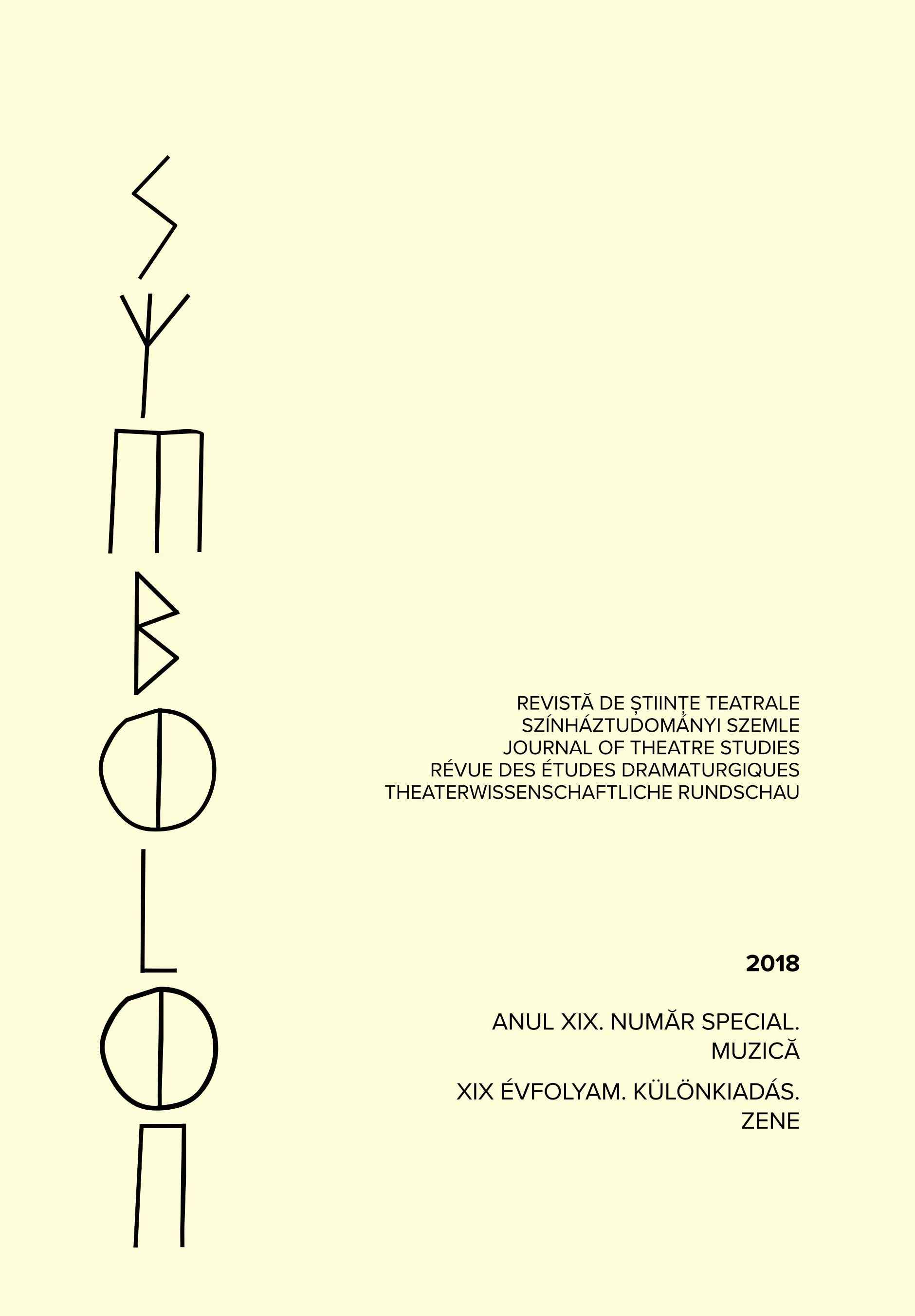Timbralitate şi vocalitate în „Luceafărul” de Tiberiu Olah
Timbrality and Vocality in “The Evening Star” (“Luceafărul”) by Tiberiu Olah
Author(s): Daniela Neamț-GilovanSubject(s): Music
Published by: UArtPress - Editura Universității de Arte din Tîrgu Mureş - A Marosvásárhelyi Művészeti Egyetem Kiadója
Keywords: 20th century; chamber; interpretation; soprano; vocality;
Summary/Abstract: “The Evening Star” is part of the chamber work “Echinocţii” (“Equinoxes”), trio for voice, clarinet and piano composed by Tiberiu Olah in 1957. Structured in four parts, they bear programmatic names, interpreting their symbolism conferring guidelines regarding the compositional intentions of content. Thus, the work addresses the idea of the cosmos, through the equal succession night-day, expressed with transparent allusions to a kind of pagan astrology, in the titles of the four parts: “The Evening Star” , “Disenchantment of the Moon” (“Descântecul lunei”), “Eclipse” (”Eclipsa”), “Disenchantment of the Sun” (”Descântecul soarelui”). The voice is in this trio, as the title says, an instrument 'with equal rights' of the musical discourse, it does not have a solo function, a fact revealed by the compositional and stylistic aspects used by the composer. The writing for the voice is treated instrumentally, the composer does not attach a text, and the emission on certain consonants, vocals, as well as some non-traditional, extended vocal techniques, are meant to create vocal colors placed in a unique timbral context.
Journal: SYMBOLON
- Issue Year: XIX/2018
- Issue No: Music
- Page Range: 68-73
- Page Count: 6
- Language: Romanian

